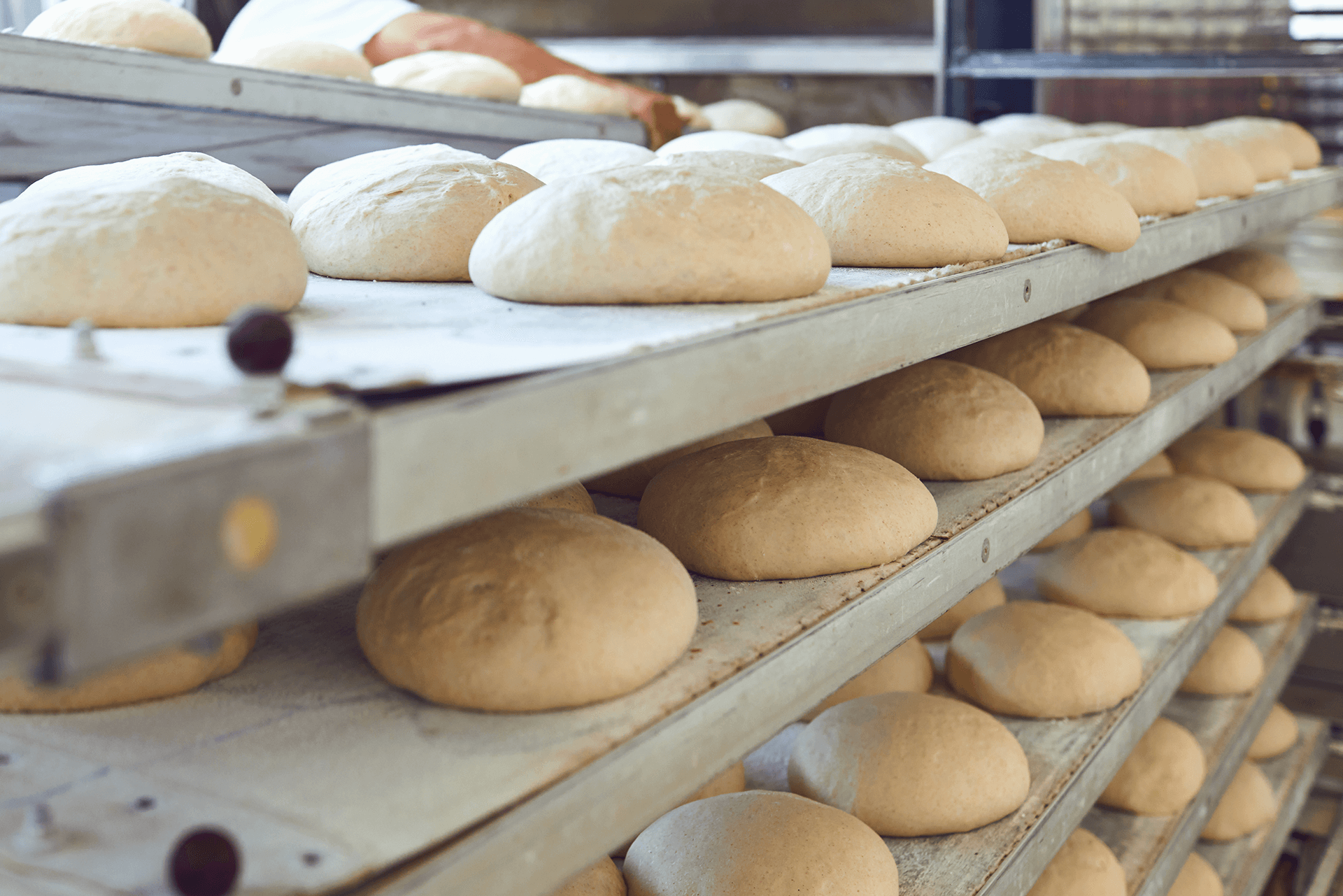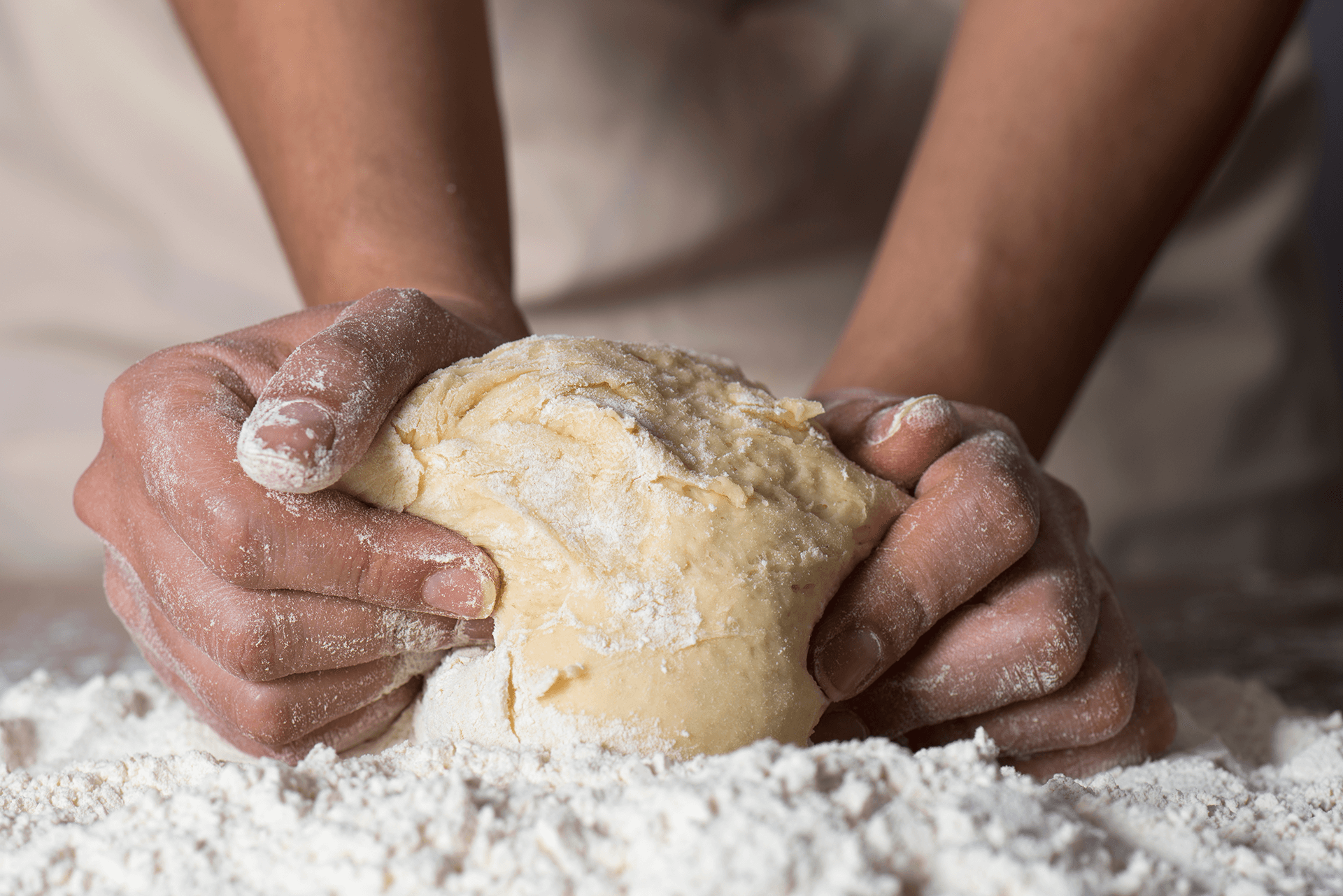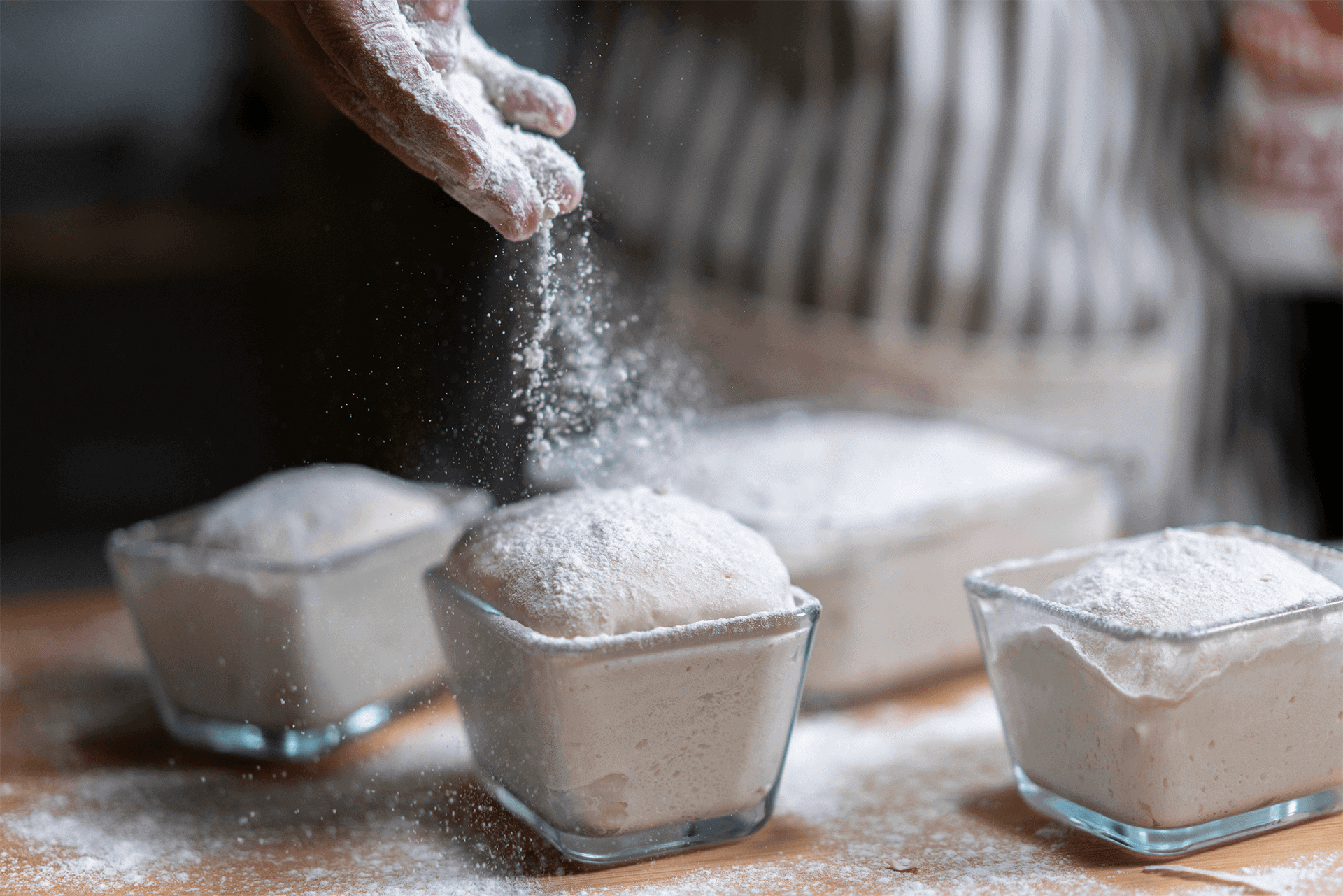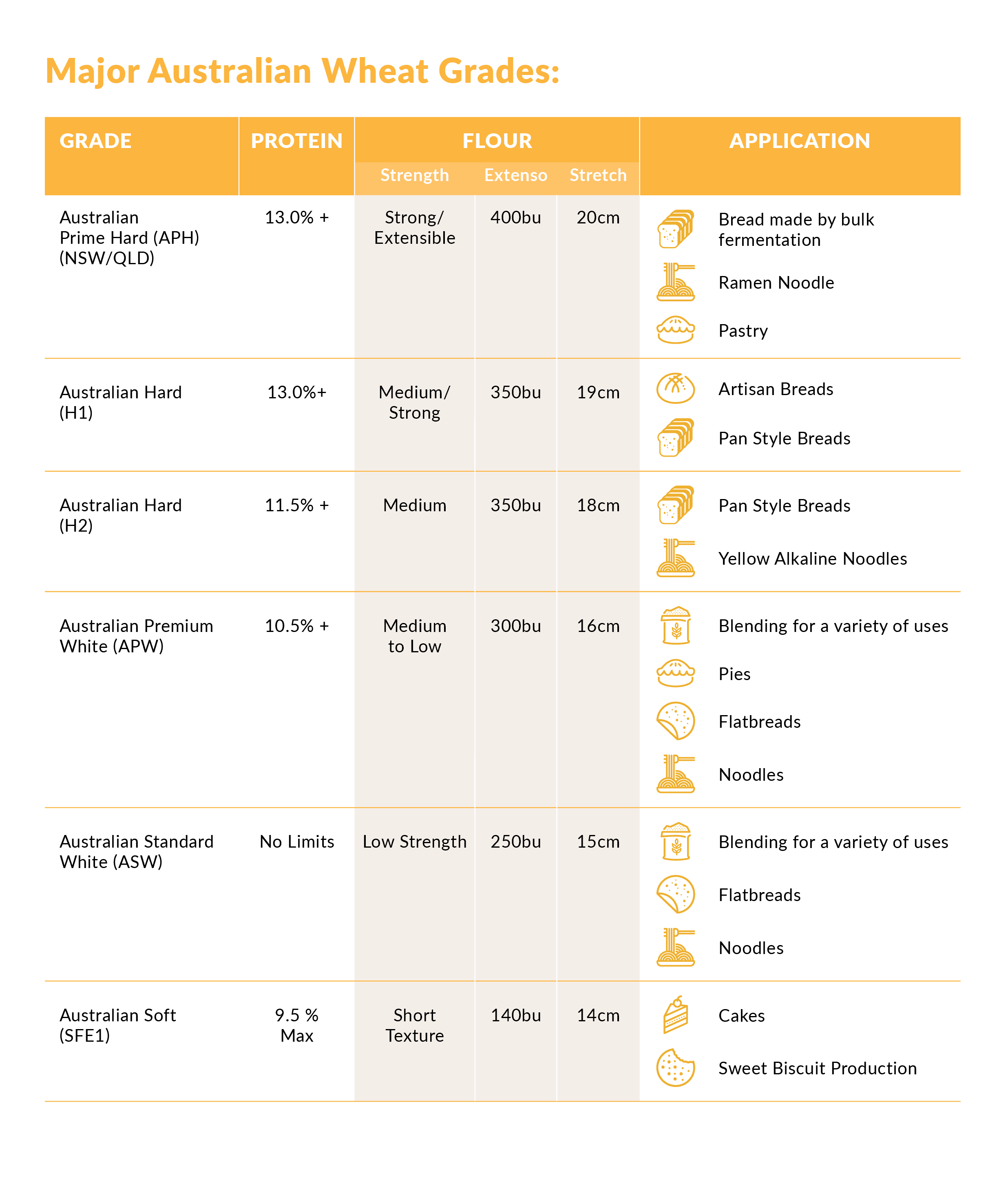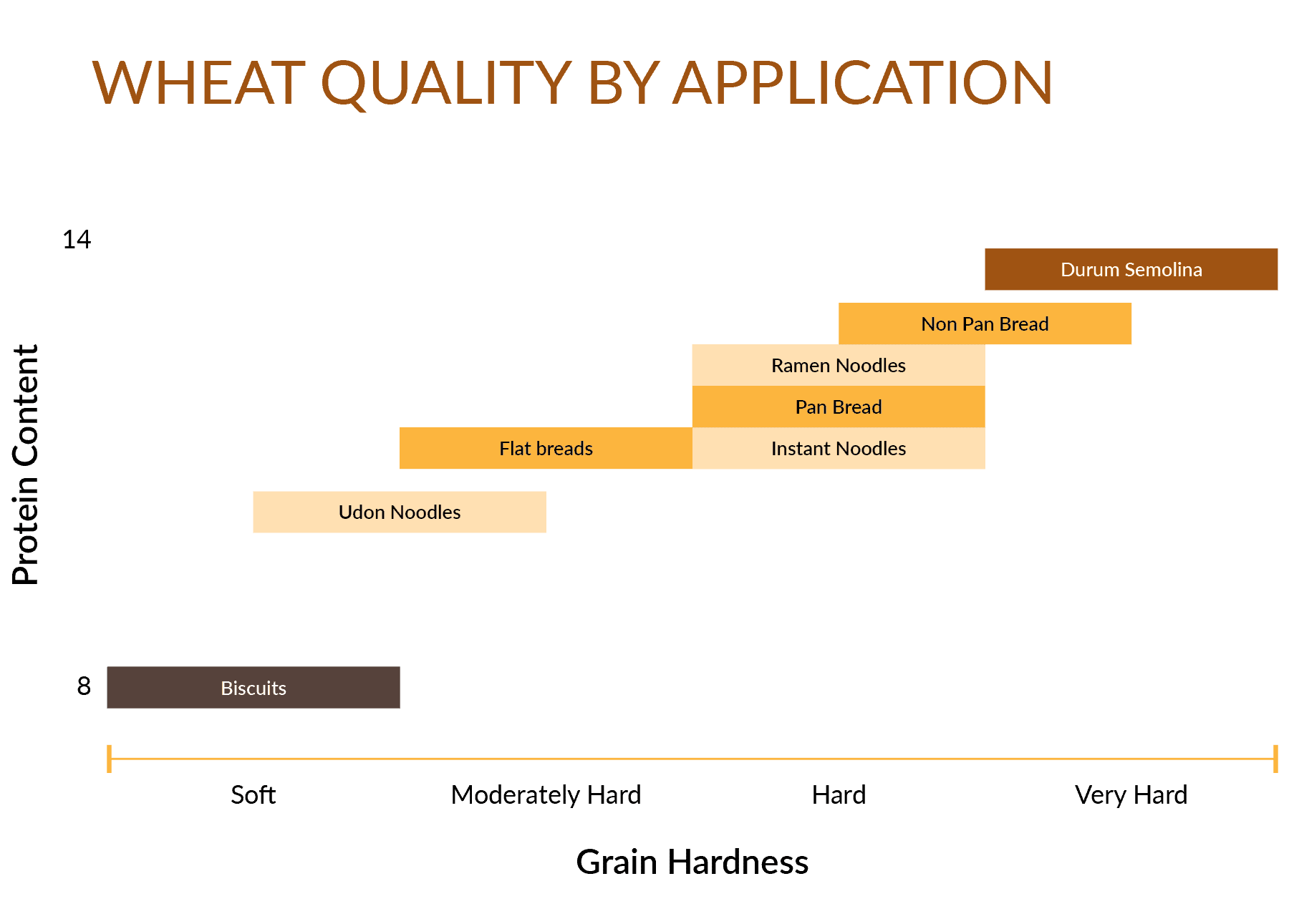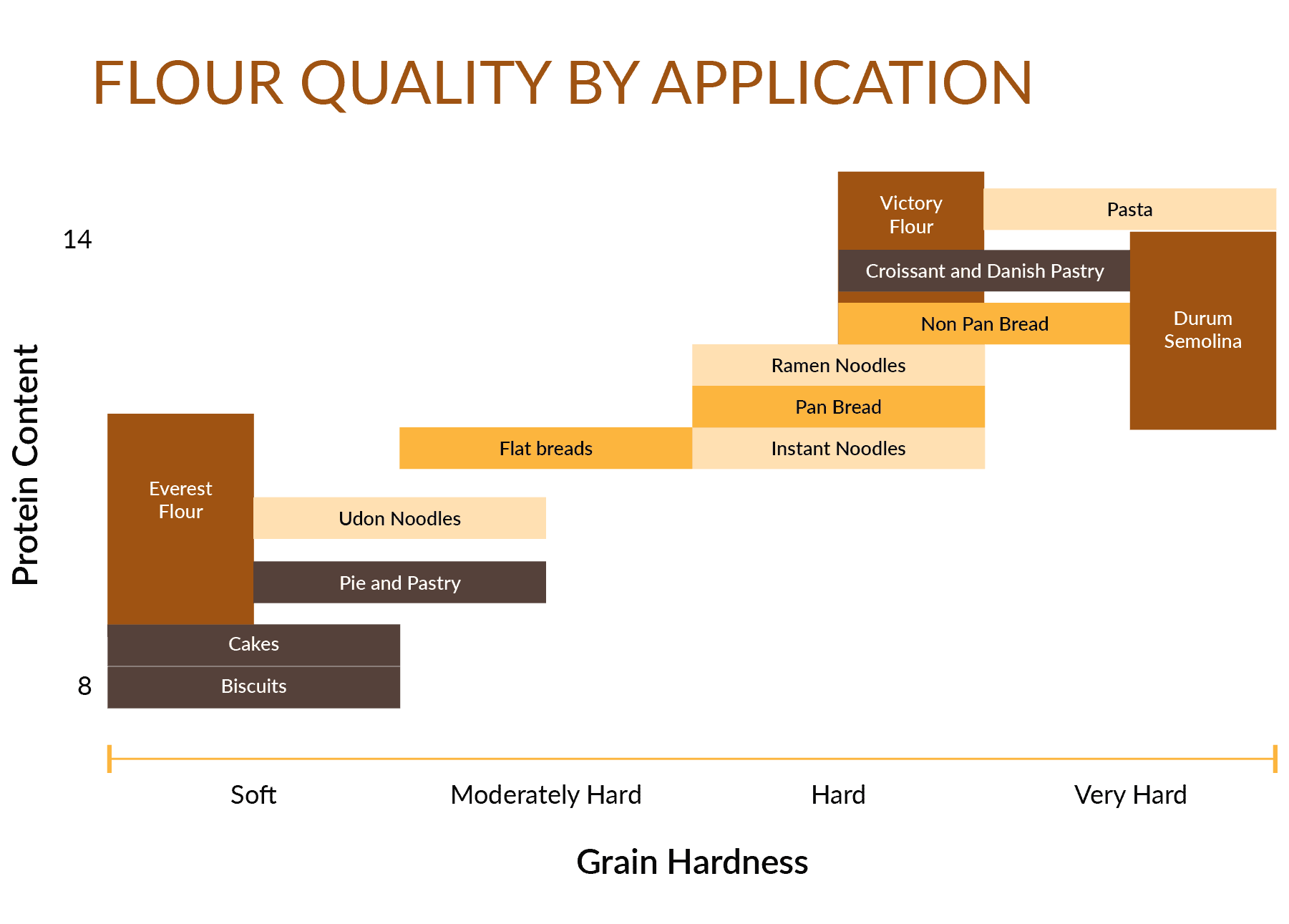MAURI always has an eye on the future… And keeping on that trend, we’ve analysed the developments in the baking world and compiled some thoughts into what you can expect in 2022!
While the last two years can hardly be described as normal, many phases that accelerated during the hard lockdowns of the COVID era will become the ‘new normal’, even as life opens up.
Health minded eating, power ingredients
Generally, 2022 and into 2023 will continue to see increased demand for healthier bakery options, less sugar and fat – more protein and power ingredients such as fruit, fibre, and grain. Also cakes, confectionary and bread products that offer a mental health break will feature. The need to relax and take a moment is now seen as part of healthier eating, and treats featuring real chocolate, as well citrus, will be popular ‘time outs’.
Online shopping still growing
The move to online shopping also grows. How bread, confectionary and bakery businesses rise to the challenge of delivering fresh product in an e-commerce world, while reducing additives and preservatives, will be a test of ingenuity, finding smart ways to blend physical stores with online solutions.
Stack and pic trend continues
At the same time, there’ll be plenty of opportunity for indulgent cakes and bakery led ‘sweet smorgasbords’. The Instagram and Tik Tok picture book food trends that took off while everyone was in lockdown look set to stay. Consumers will be looking for colourful celebration items – such as top forward cakes to wow friends as well as single bowl bakery items that ‘stack and pic’ well.
Plant based ingredients set to flourish
Underneath these indulgences, it’s clear the everyday shift towards more planet friendly, healthier ingredients is becoming even bigger. Plant based ingredients are set to grow and grow. Just as gluten free, sourdough and gut friendly recipes have moved beyond being trends to become established shopping and menu choices, plant-based foods are here to stay and may soon dominate certain sectors.
Local Rules
Recent European research also shows over two thirds of people now focus on where their food comes from when making buying choices, Australians are doing the same thing – looking to support local businesses, suppliers, and growers. Seeking out organically grown locally sourced ingredients with a big focus on sustainable packaging and zero waste.
Top Tips
In terms of what comes out of your ovens and goes into your mixes, we think the key things to watch for are:
1. Bigger flavours with a zest for life – citrus, berries, quality chocolate plus power ingredients. Fermented flavours will continue to grow.
2. Toasty techniques – Basque style burnt cheesecakes were big in 2021, expect people to look for more of the same with your flamer continuing to get a workout in 2022.
3. Home baking will shift as people get out more and have less time for complicated recipes – they’ll look towards one-bowl-wonders and easy to make or time saving treats as well as demand for authentic natural mixes.
4. Cakes that will continue to go to the top for wow factor are Lambeth style and new takes on layers.
5. Local will be big, from the bakery delivering fresh down the street, to sustainably grown Australian seeds, fruits and grains. People are starting to think seasonal again in terms of ingredients.
6. Classic cakes, bites and savouries will ride the nostalgia boom which is shaping as a continuing mega trend.
7. Online ordering and home delivery is fully established, the trick now is how to make fresh out the oven match expectations of convenience.


